INTRODUCTION
Every garment’s Fabric Selection is its soul. The fabric selection in women’s fashion determines the drape, elegance, movement, and overall look of the ensemble in addition to comfort. The correct fabric makes all the difference, whether you’re wearing a royal evening gown or a breezy summer dress.
Recognizing Fabric’s Significance in Fashion Design:
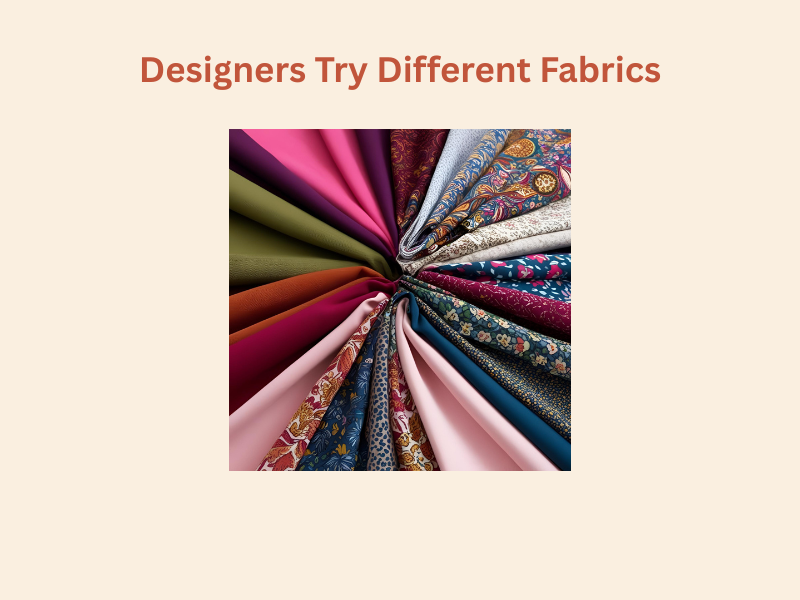
Fabric serves as the designer’s canvas in addition to being the raw material. The weight, sheen, texture, and fall of a fabric all affect how a garment feels and looks. Choosing a fabric and letting its properties dictate the design is a common first step for fashion designers.
Things to Take Into Account When Selecting Fabrics Selection:
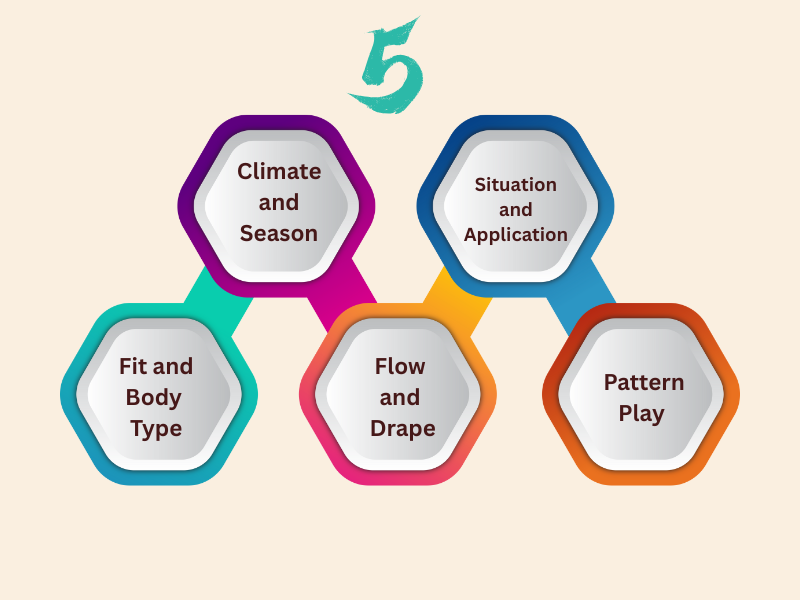
1. Climate and Season
Weather appropriate fabrics are required. While wool, velvet, and heavy silks are excellent for winter clothing, cotton, linen, and rayon are breathable and perfect for summer.
2. Situation and Application
The fabric is determined by the event. While weddings and formal events require upscale options like silk, georgette, or brocade, everyday wear typically calls for soft, long-lasting materials like cotton or blends.
3. Fit and Body Type
While some textiles, like denim or taffeta, provide structure, others, like jersey or satin, stick to the body. Selecting the ideal material is made easier when one is aware of what body types flatter it.
4. Flow and Drape
The silhouette is determined by the way a fabric drapes.While stiffer materials like organza are used for voluminous designs, flowy materials like chiffon and crepe are ideal for soft, feminine styles.
5. Pattern Play and Color Absorption
Vibrant colors and sharp prints are produced by fabrics that retain dyes better than others. For example, silk accentuates rich jewel tones, while cotton highlights block prints.
Common Fabric Selections for Women’s Clothing
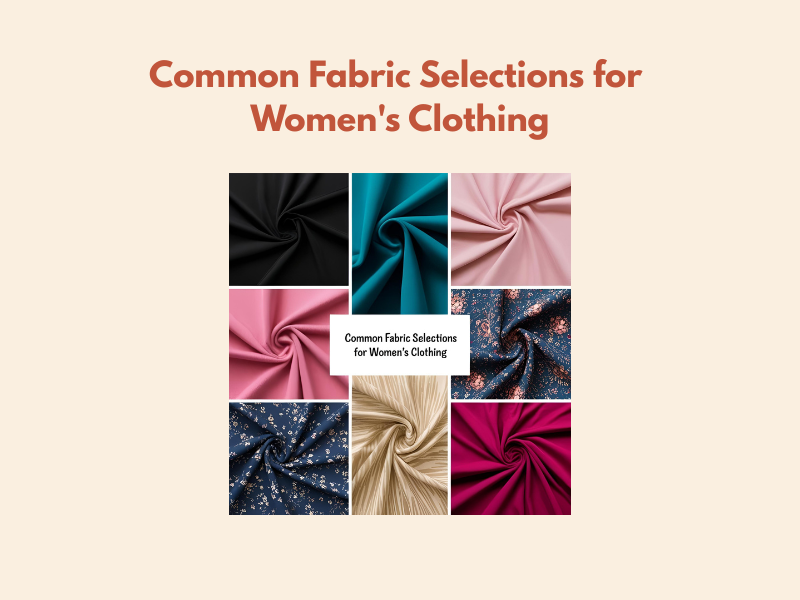
Cotton
Natural, adaptable, and breathable—perfect for daily comfort.
Silk
Smooth and opulent, ideal for formal attire and evening wear.
Georgette and Chiffon
It is lightweight, sheer, and frequently used in draped or layered patterns.
Velvet
A favorite in the winter, rich in texture and appearance.
Lace
Often used for bridal and occasion wear, this style is exquisite and intricate.
Linen
Cool and crisp, ideal for summer time style.
How Designers Try Different Fabrics
Pleating, smocking, and embroidery are examples of fabric manipulation techniques that give the ensemble depth and individuality.
The Function of Eco Friendly Fabrics
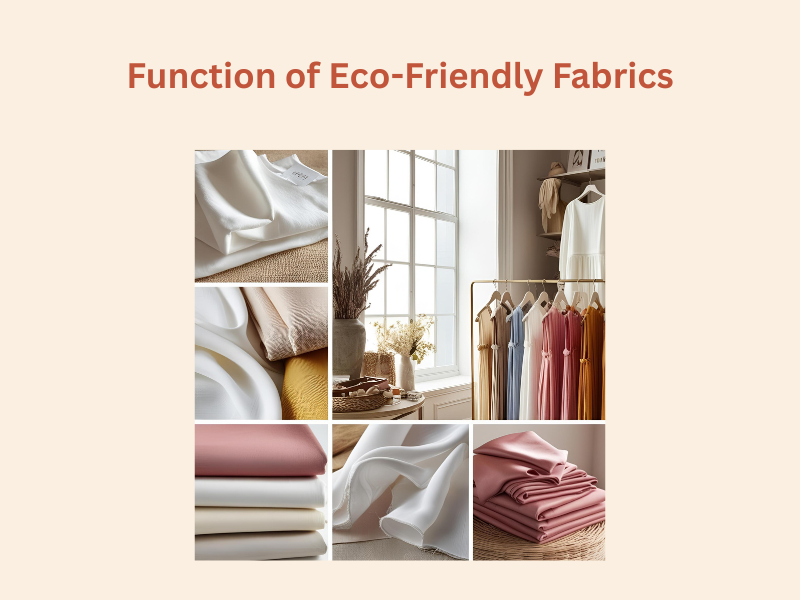
Eco-friendly textiles are being adopted by the fashion industry. Brands that aim to lessen their impact on the environment frequently use hemp, recycled polyester, and organic cotton. These textiles benefit the environment in addition to feeling good.
In conclusion
In women’s fashion, choosing fabrics is a true art form that combines personality, practicality, and beauty. An essential component of any fashion journey, the correct fabric elevates a design from ordinary to remarkable.
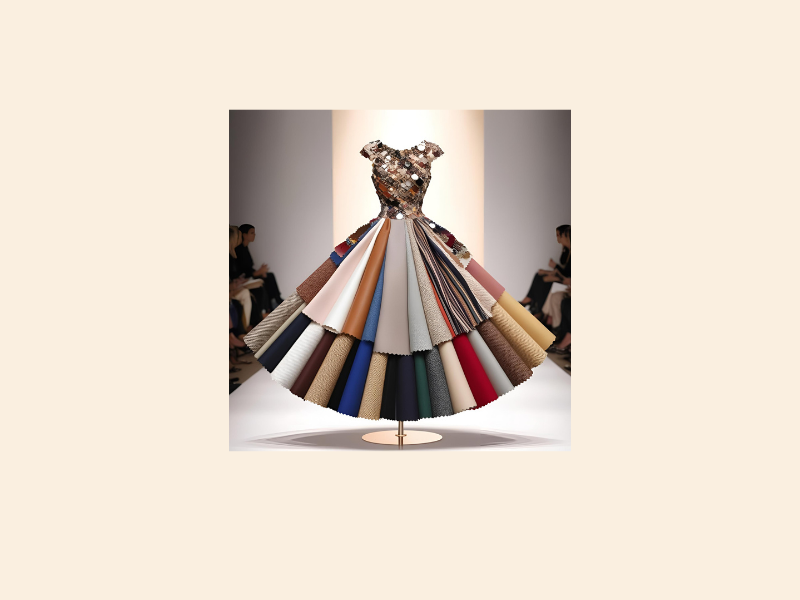
The fabric selection has a significant impact on the overall appearance, texture, and usability of apparel in women’s fashion. Choosing the right fabric can be difficult with so many options on the market. But knowing the qualities and advantages of different materials can help you feel more confident in addition to improving your wardrobe. This article will discuss the various kinds of fabrics, the things to look for when choosing one, and how to match fabrics to your own style.
Fabric Selection
Begin observing textiles; touch them, hang them, and allow them to motivate you. For additional information on fabric trends, styling advice, and behind-the-scenes fashion secrets, follow our blog.
Commonly Asked Questions
Q1: Which fabric is ideal for women’s fashion summer clothing?
A: Lightweight, breathable, and ideal for warm weather are cotton, linen, and rayon.
Q2: What kind of fabric works best for an evening gown?
A: Because of their exquisite drape and opulent feel, silk, satin, and velvet are popular options.
Q3: How do I pick a fabric that fits my body type?
A: For a loose choose flowing materials like chiffon; for shape, choose structured materials.
Q4: How long-lasting are sustainable textiles?
A lot of eco-friendly textiles are also incredibly comfortable .
Q5: Is it possible to combine different textiles in a single ensemble?
A: yes,Visual interest can be added by combining different textures.
